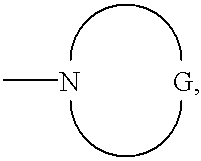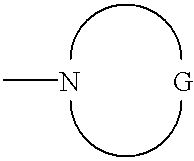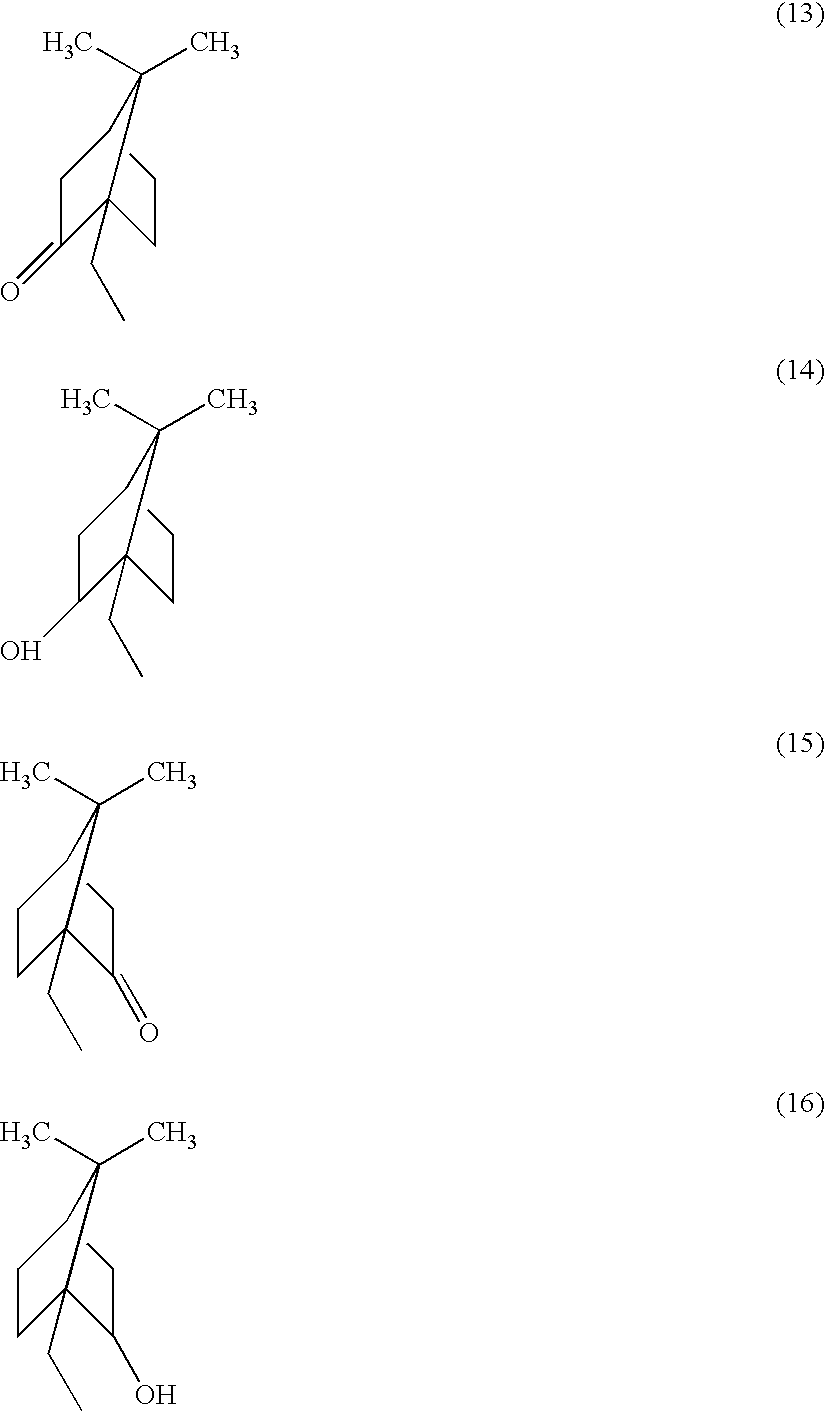Thrombin inhibitors having a lactam at P3
- Summary
- Abstract
- Description
- Claims
- Application Information
AI Technical Summary
Benefits of technology
Problems solved by technology
Method used
Image
Examples
example 1
Preparation of 7-chlorosulfonyl-2,3-dihydrobenzo[b]furan (2)
##STR38##
2,3-Dihydrobenzo[b]furan (1) (Aldrich, 5.6 mL, 50 mmol) was added to a suspension of sulfur trioxide-dimethylformamide complex (Aldrich, 9.2 g, 60 mmol) in 1,2-dichloroethane (Aldrich, 20 mL). After being heated at 80.degree. C. for 1 hour, the reaction mixture was cooled to room temperature, and thionyl chloride (Aldrich, 4.5 mL, 57 mmol) was introduced. The reaction mixture was then heated at 70.degree. C. for 3 hours. After cooling down to room temperature, the reaction mixture was poured into ice water (100 mL) which was extracted with ether (3.times.30 mL). Combined organic layers were washed with brine, then dried (MgSO.sub.4). Removal of solvent under vacuum yielded a light yellow solid (10.2 g, 94%). TLC Rf 0.45 (9:1 of hexane-ethyl acetate); MS (electrospray) 219 (M+1); .sup.1 H NMR (CDCl.sub.3) .delta.3.35 (t, 2H, J=7.2 Hz), 4.78 (t, 2H, J=7.2 Hz), 6.92 (d, 1H, J=3.1 Hz), 7.82 (s, 1H), 7.83 (d, 1H, J=3.1 ...
example 2
Preparation of 3-(S)-tert-butoxycarbonylamino-4,5,6,7-tetrahydroazepin-2-one (4)
##STR39##
Di-tert-butyl dicarbonate (Fluka, 25.5 g, 0.11 mol) was added to a stirred, ice cooled solution of L-.alpha.-Amino-.epsilon.-caprolactam (compound 3) (Fluka, 15 g, 0.11 mol) and Potassium carbonate (Fluka, 26.7 g, 0.11 mol) in THF. The reaction mixture was allowed to warm to ambient temperature and then stirred for eighteen hours. The reaction mixture was filtered and the solvent was removed under reduced pressure to give 26.4 g (99%) of the title compound (4) as a white solid. TLC Rf 0.91 (9:1 of hexane-ethyl acetate); MS (electrospray) 229 (M+1); .sup.1 HNMR (CDCl.sub.3) .delta.1.39 (m, 2H), 1.50 (s, 9H), 1.82 (m, 2H), 2.03 (m, 2H), 3.25 (m, 2H), 4.29 (m, 1H), 5.91 (s, 1H), 6.36 (s, 1H).
example 3
Preparation of 3-(S)-tert-butoxycarbonylamino-1-benzylmethylenecarboxy-4,5,6,7-tetrahydro-azepin-2-one
##STR40##
To a solution of Boc-L-.alpha.-amino-.epsilon.-caprolactam (compound 4, 15 g, 0.06 mol) in THF at 0.degree. C. was added 1.0M Lithium bis(trimethylsilyl)amide (Aldrich, 121 mL , 0.12 mol) over a period of 20 minutes. The reaction mixture was warmed to 35.degree. C. for one hour, then cooled to 0.degree. C. Benzyl bromoacetate (20 mL, 0.12 mol) was added and the reaction mixture was allowed to slowly warm to room temperature where it was stirred for fifteen hours. Solvent was removed under reduced pressure. The precipitate was taken up with ethyl acetate, and the organic layer was washed two times each with an aqueous solution of NH.sub.4 Cl and NaHCO.sub.3. The organic layer was dried over MgSO.sub.4. The solvent was removed under reduced pressure to give an oil. Purification by flash chromatography eluting with a 30:70 gradient of ethyl acetate / hexane gave the title produc...
PUM
| Property | Measurement | Unit |
|---|---|---|
| Molar density | aaaaa | aaaaa |
| Molar density | aaaaa | aaaaa |
| Biological properties | aaaaa | aaaaa |
Abstract
Description
Claims
Application Information
 Login to View More
Login to View More - R&D
- Intellectual Property
- Life Sciences
- Materials
- Tech Scout
- Unparalleled Data Quality
- Higher Quality Content
- 60% Fewer Hallucinations
Browse by: Latest US Patents, China's latest patents, Technical Efficacy Thesaurus, Application Domain, Technology Topic, Popular Technical Reports.
© 2025 PatSnap. All rights reserved.Legal|Privacy policy|Modern Slavery Act Transparency Statement|Sitemap|About US| Contact US: help@patsnap.com



